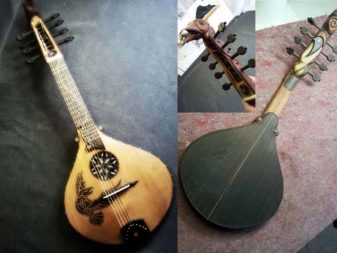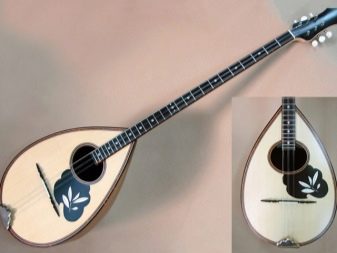All about the musical instrument bouzouki
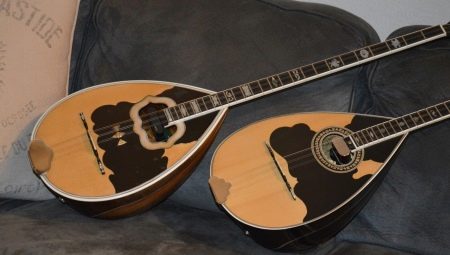
Bouzuki is a stringed plucked musical instrument with a rich history. In this article, we will take a closer look at what it is, as well as what are the specifics of music and playing this instrument.
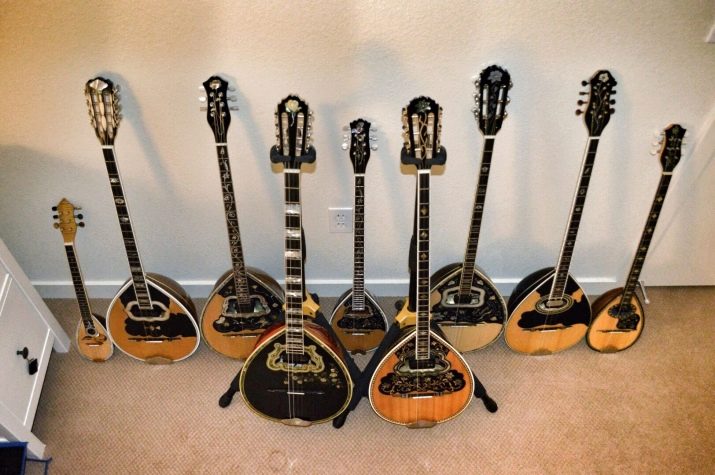
What it is?
Bouzuki is a rather rare musical instrument related to lutes. Derived from the ancient Greek instrument cithara. Another name is "baglama". The instrument was once widely used in Greece, Israel, Turkey, Ireland, Cyprus.
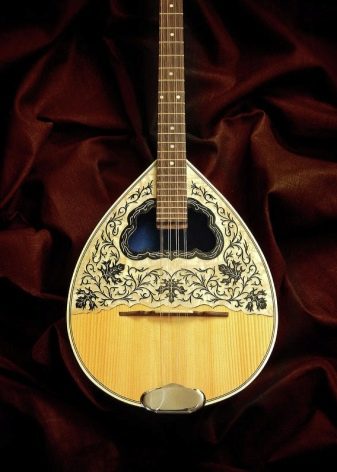
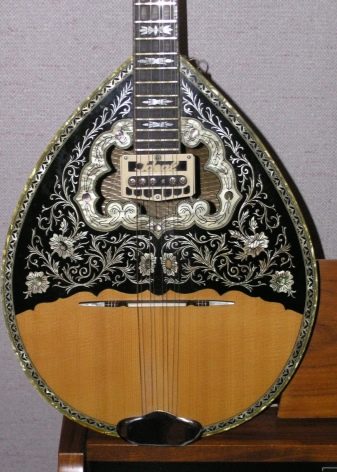
In the classic form, the instrument has 4 double metal strings. There is also a type of bouzouki called baglamazaki, which has only 3 double strings. But it is considered to be an older configuration. Baglamazaki is used in Greek classical orchestras performing rebetik music. This style is often compared to the American blues.
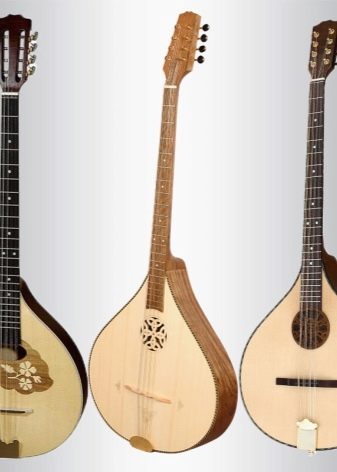
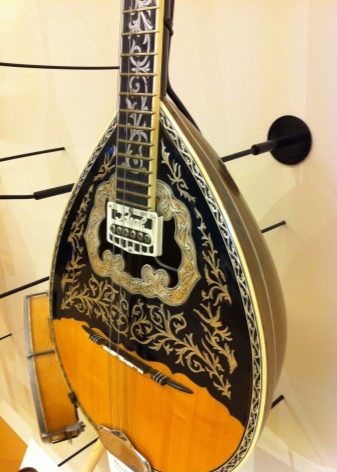
Rebetika became popular at the beginning of the 20th century in prisons and hot spots in port cities near the Aegean Sea. The very dawn of this music fell on the period between the two world wars. The ensemble of musicians consisted of a singer, two bouzouki performers and a musician with baglama, on which it is convenient to perform staccato. In passionate songs, the main theme was love and death, money and drugs, bandits and prostitutes. They were composed on the basis of folk music and performed in the rhythm of traditional dances. Early performers were Marcos Bambakaris and Ioannis Papianou.
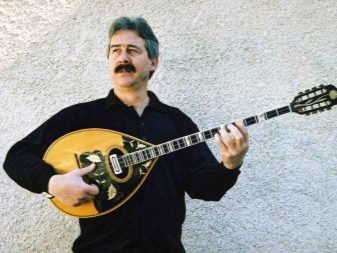
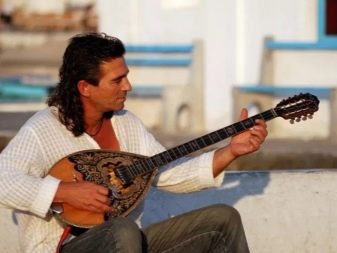
For many years, the instrument itself and music for bouzouki in Greece was strictly prohibited. It sounded only in taverns, where people with problems with the law loved to listen to it. Over the years, the reputation of hooligan music began to change. Thanks to the talent of the composer Vasilis Tsitsanis, the instrument came into fashion.Skilled performer and virtuoso Tsitsanis harmonized music according to Western principles, but at the same time kept the dance rhythms. Songs began to sound more often on the stage, becoming traditional.


Tsitsanis was the first to believe in the potential of the lute, and opened a wide path for it to the people. Thousands of Greeks attended the musician's funeral, waving bouzouks and baglamas over their heads.
The instrument was widely spoken about only in the 60s of the XX century. This event took place in connection with the fact that the Greek composer Mikis Theodorakis composed the music for the film "The Greek Zorba", which was popular in those years. After the release of this film, sirtaki became the most famous Greek dance, one of the symbols of the country. And also music performed on bouzouki has become popular.
The Irish history of the instrument dates back to 1960. The musicians John Moynihan and Andrew Irwin were pioneers in the use of the classical form of the instrument. With their light hand, Irish national music sounded completely different. Another musician, Alex Finn, used the Greek form of the lute.
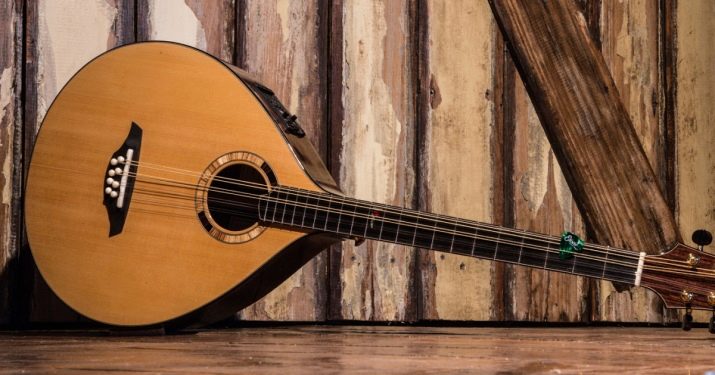
Initially, the instrument only accompanied others: flute, violin. Over time, he became a soloist. This was facilitated by the changed system.
The work of the Irish craftsmen to modernize the instrument has been going on for years. First it touched the back (it was made flat). This affected the sound - it became clear, dry. Besides, it became easier to put certain musical accents necessary for the performance of Irish music. Externally, the instrument also changed: the ornaments disappeared from the body, the top deck also became flat, it had a single round resonator hole, similar to a guitar. Sometimes you can find a tool with an oval-shaped hole, as well as decorative ornaments.
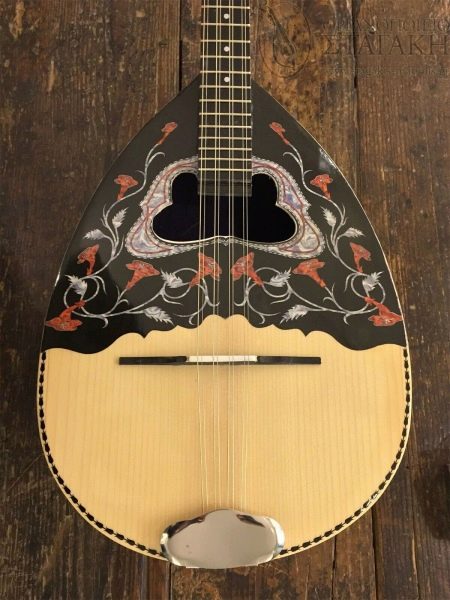
The instrument was very fond of in the land of St. Patrick. The fact is that the country's folk music sounded everywhere. The sounds of the violin and bagpipes were familiar to everyone. And here comes the new sound of bouzouki. It is compared to the sound of a cymbal, and in favor of a bouzouki, devoid of boom and chaotic overtones. The listeners also admire the deep timbre of the instrument. Thanks to the double strings, the chords sound beautiful and clear.
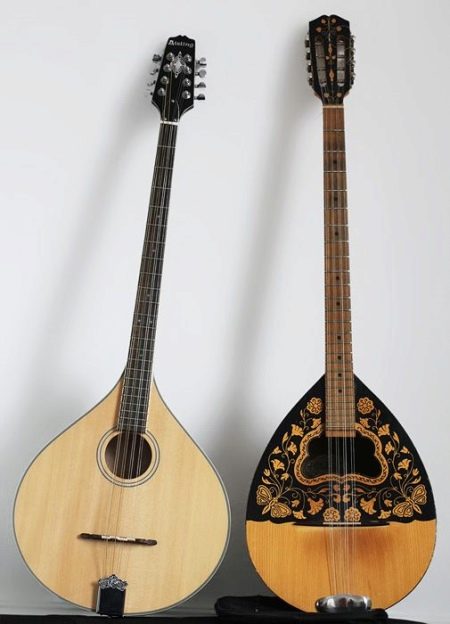
Build
As mentioned, there are two string configurations:
- 3 groups of 2 strings (3 chorus) - this is an older type of bouzouki;
- 4 groups of 2 strings (4 chorus) - classic look.
The sound is very loud, loud, unusual.
During the second half of the 20th century, experiments were carried out aimed at enhancing the sound of bouzouki with the help of electronic technology. As a result, new types of instruments are invented - the so-called electrobuzuki.
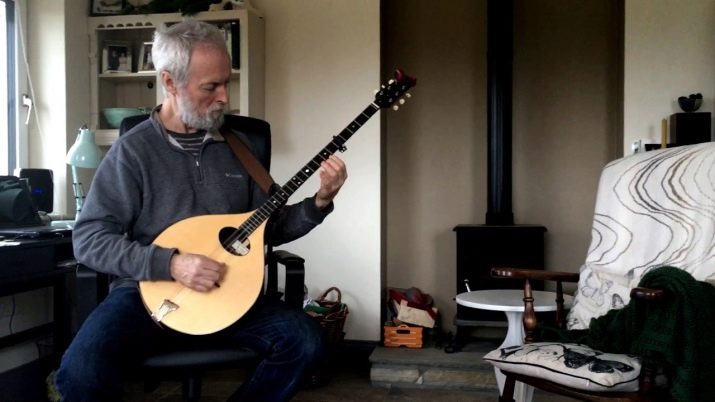
The work on electric amplification was carried out by musicians from Greece Manolis Hiotis and Giorgos Zampetas. The craftsmen used the latest pickups and passive pickups. The sound has changed dramatically.
Some parts of the instrument (for example, the top) are made of wood. It can be Sitka spruce, Virginia juniper, koa. The back and sides of the Irish instrument, as well as the resonator ribs of the Greek, are made of mahogany, mahogany, maple, walnut, koa.
On modern models of the instrument, metal strings are stretched, ethnic and baroque music is performed on them.
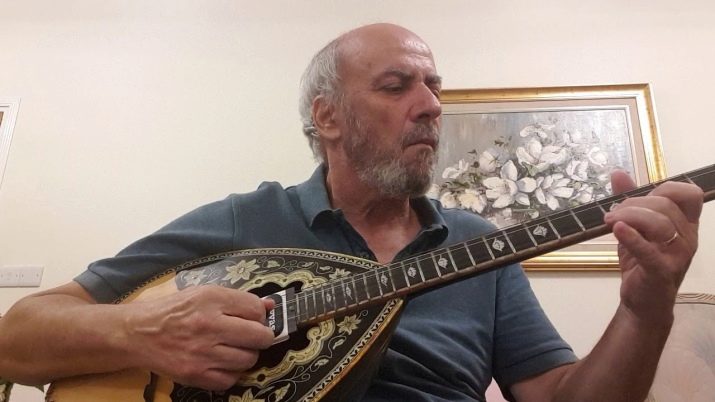
Technique of the game
When playing, musicians usually use a pick. The thickness of the mediator plates is:
- the most flexible product - 0.46 mm;
- in the middle - up to 0.96 mm;
- for hard - more than 1 mm.
Most often, the manner of playing is a variable stroke. This manner is applicable to both the accompanying instrument and the soloist.
The instrument needs to be tuned before each play. It is produced using a tuning fork or digital tuner. Some varieties of the master are able to tune by ear.
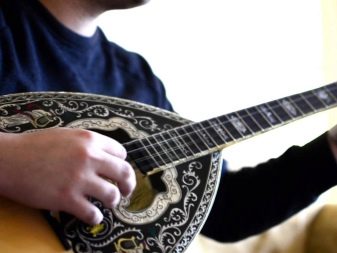
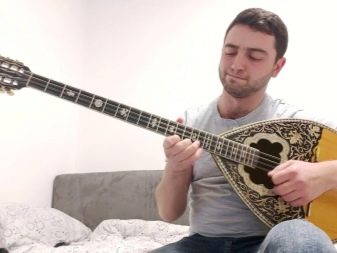
When performing seated music, the instrument is placed on the thigh. At the same time, you cannot press it tightly to the body, as this interferes with playing with the right hand and negatively affects the sound.
When playing in a standing position, you must use the strap used for the classical guitar. Adjust the strap so that your hand is almost at a right angle when playing. The resonator hole should be at waist level and the headstock should be at or slightly above chest level.
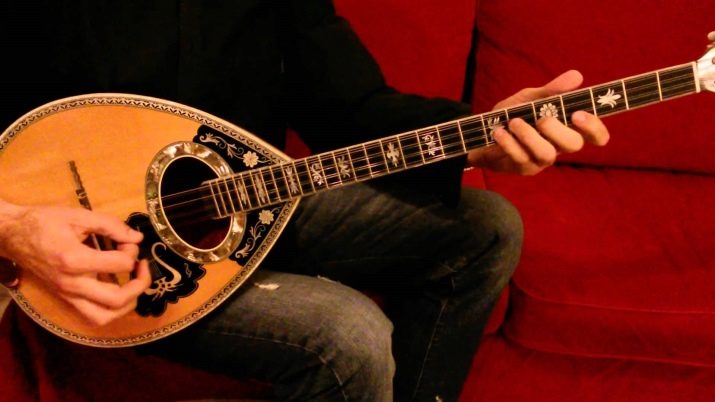
Some musicologists and musicians compare the future of the instrument with the history of the guitar, which was previously considered a specific instrument in Europe, but today it is universal. Bouzouki solidified his position in the Celtic musical tradition. Often appears among bluegrass and old-time (folk music) performers. Many innovative musicians have adopted it. Now the sound of bouzouki can be heard on the albums of famous pop and rock guitarists.
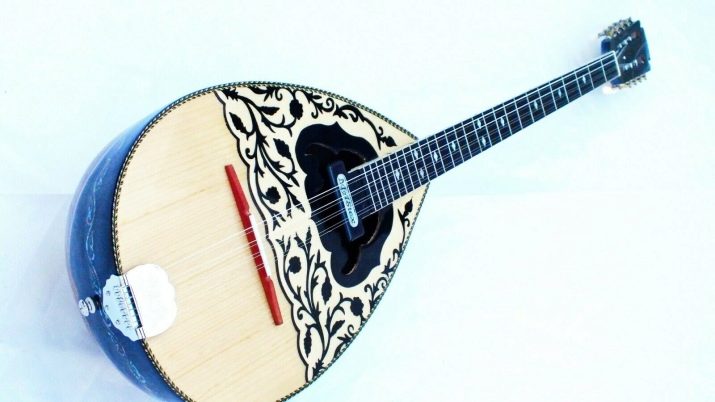
The instrument was adopted not only in Ireland and the States, but also in the Scandinavian countries. It adorns the music of local folk groups. And also music lovers in France and other European countries fell in love with him.
The musicians explore the roots of the lute with unwavering interest. Explore how the music of the Balkan peoples can intertwine and interact with Irish music and jazz. Many professional musicians are fascinated by the simultaneous combination of antiquity and modernity in this instrument.
There is a certain demand, it sometimes even exceeds supply. The design is changed by the craftsmen, the materials and structures used are updated. This adds opportunities for musicians.
We can safely assume that in future centuries bouzouki will delight people with its exotic sound.
